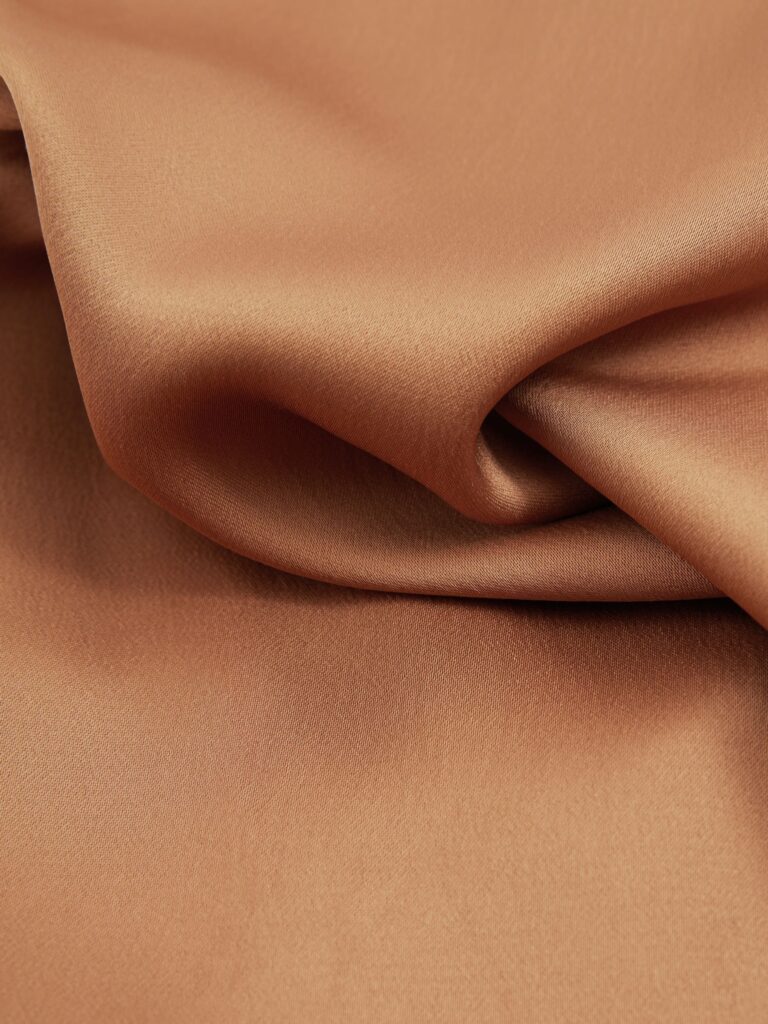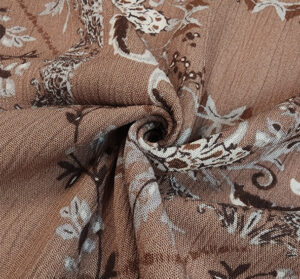Is Satin Eco-Friendly Compared to Drill?
Introduction
Fabric compatibility is a key consideration in fashion and sewing, influencing everything from garment performance to environmental impact. Satin and drill are two popular fabrics, each with unique characteristics. This article explores their eco-friendliness and compatibility, providing insights for eco-conscious designers and DIY enthusiasts.
Compatibility Analysis
YES, satin and drill can be combined effectively, but understanding their characteristics is crucial. Satin, known for its smooth texture and sheen, contrasts with drill’s rugged and durable nature. Their compatibility hinges on factors such as texture, weight, and care requirements. Satin’s lightweight and glossy finish pairs well with drill’s heavier, matte texture, offering a balance of elegance and durability. However, attention to care instructions and potential shrinkage differences is vital to ensure a harmonious blend.
Fabric Properties Comparison Table
| Property | Satin | Drill |
|---|---|---|
| Fiber Content | Silk, polyester, or nylon (synthetic/natural) | Cotton or cotton blend (natural) |
| Weight and Thickness | Light to medium | Medium to heavy |
| Breathability | Moderate | High |
| Moisture-Wicking | Low | Moderate |
| Stretch and Elasticity | Minimal | Minimal to none |
| Wrinkle Resistance | Moderate | High |
| Care Instructions | Hand wash or gentle cycle, low iron | Machine wash, warm iron |
| Durability | Moderate | High |
Benefits of Mixing These Fabrics
Combining satin and drill can enhance texture and visual interest, offering a unique blend of elegance and ruggedness. This pairing improves comfort and performance, providing better drape and movement. The cost-effectiveness of using drill with luxurious satin makes it a popular choice for designers. This blend is versatile across seasons and opens up various design possibilities, from sophisticated garments to durable home decor items.
Potential Challenges
Mixing satin and drill presents challenges such as different shrinkage rates and conflicting care requirements. Satin’s delicate texture can clash with drill, leading to pilling or seam puckering. Color bleeding or fading is another concern. To address these issues, pre-wash fabrics separately, use appropriate interfacing, and test for colorfastness. Adjust sewing techniques to accommodate the fabrics’ differences.
Sewing & Styling Tips
When sewing satin and drill together, use a sharp needle (size 70/10 or 80/12) and polyester thread for strength. Consider interfacing to stabilize satin and prevent shifting. French seams or serged edges are ideal for a clean finish. Choose patterns that highlight the contrast, like a satin blouse with drill pants. For home decor, mix satin cushions with drill upholstery for a stylish look.
Care & Maintenance Guide
To care for satin-drill blends, wash on a gentle cycle with cold water. Air drying is recommended to prevent shrinkage. Iron satin on low heat and drill on medium. For stains, treat satin with gentle cleaners and drill with stronger solutions as needed. Regular maintenance will preserve the blend’s appearance and longevity.
FAQ Section
-
Can you wash satin and drill together?
- It’s best to wash separately to prevent damage and color transfer.
-
Will satin shrink more than drill?
- Satin may shrink less than drill, especially if pre-treated.
-
What needle size should I use for sewing satin and drill together?
- Use a size 70/10 or 80/12 needle for optimal results.
-
Can you mix satin and drill in one garment?
- Yes, it creates a stylish contrast, ideal for fashion-forward designs.
-
How do you prevent seam puckering when combining these fabrics?
- Use interfacing and adjust tension settings on your sewing machine.
-
Is it okay to mix satin and drill for upholstery?
- Yes, but ensure satin is used in low-wear areas to avoid damage.
-
What’s the best way to finish seams with these fabrics?
- French seams or serging provide a neat, professional finish.
By understanding satin and drill’s properties and how they interact, you can create beautiful, functional pieces that reflect both style and sustainability.


Leave a Reply